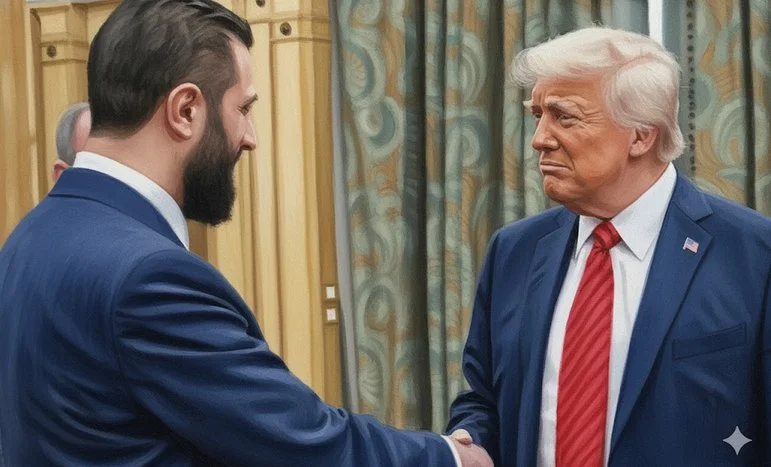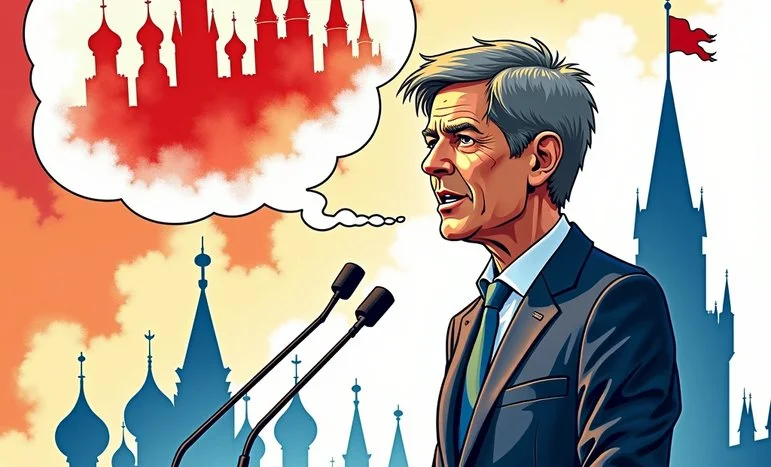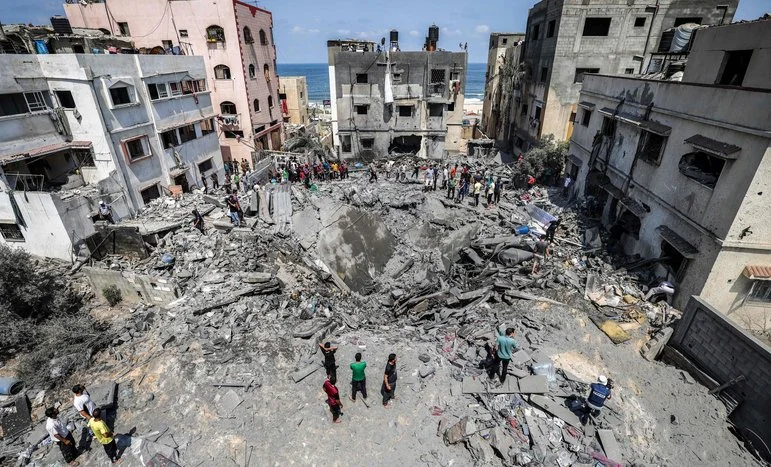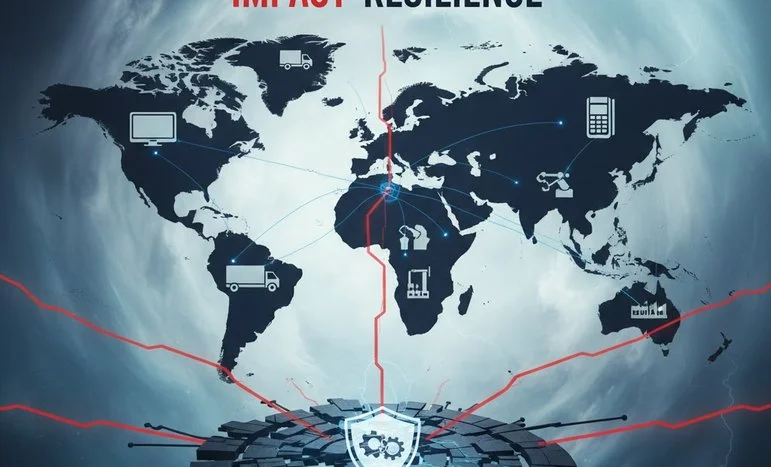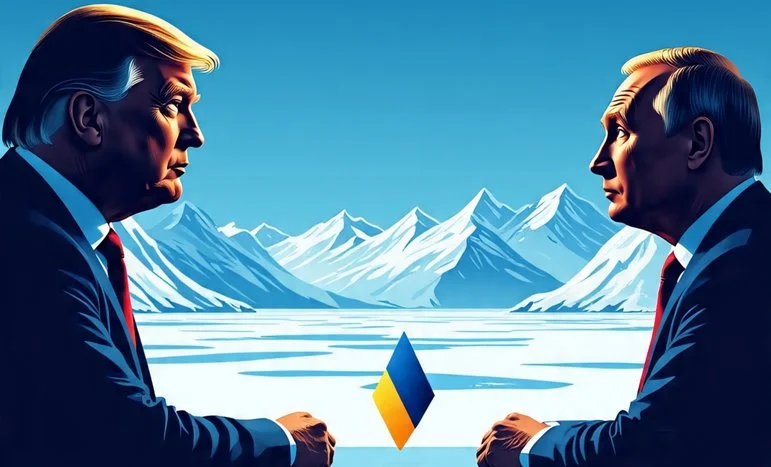
Putin–Trump Meeting in Alaska: What It Could Mean for Ukraine’s Fate
The prospect of Vladimir Putin and Donald Trump meeting in Alaska is not just unusual — it’s geopolitical theater at its peak. Alaska, a symbolic halfway house between Russia and the U.S., sets the stage for a meeting with potentially far-reaching consequences, particularly for Ukraine.
Why Alaska?
The choice of Alaska carries both strategic and symbolic weight. It’s neutral ground that is technically U.S. territory but geographically close to Russia. For Putin, it’s a power move — meeting the American leader on his own soil, but on the doorstep of Russia’s sphere of influence. For Trump, it’s a stage to showcase his brand of “deal-making” diplomacy.
What Ukraine Stands to Lose
Ukraine’s biggest fear is a backroom deal. If Trump prioritizes a quick resolution over a just one, Kyiv could face pressure to concede territory in exchange for a ceasefire. A handshake in Alaska could translate to frozen frontlines — and frozen dreams of reclaiming occupied regions.
What Ukraine Might Gain
Conversely, the meeting could also give Ukraine a new bargaining chip. If Trump pushes for NATO guarantees or a new security pact, it could deter further Russian aggression. The question is whether such commitments would be concrete or merely campaign-friendly headlines.
The Risks of Private Agreements
Putin thrives in one-on-one settings, where he can exploit personal rapport and avoid the constraints of formal negotiations. An Alaska summit could produce vague “understandings” that benefit Russia but leave Ukraine dangerously exposed.
The Global Optics
The world will watch closely. For allies, the meeting’s tone will signal whether the U.S. is still committed to Ukraine’s sovereignty. For adversaries, any hint of wavering could embolden aggression elsewhere.
In diplomacy, geography is rarely accidental — and neither is timing. Alaska may be cold, but the stakes for Ukraine couldn’t be hotter.
We appreciate that not everyone can afford to pay for Views right now. That’s why we choose to keep our journalism open for everyone. If this is you, please continue to read for free.
But if you can, can we count on your support at this perilous time? Here are three good reasons to make the choice to fund us today.
1. Our quality, investigative journalism is a scrutinising force.
2. We are independent and have no billionaire owner controlling what we do, so your money directly powers our reporting.
3. It doesn’t cost much, and takes less time than it took to read this message.
Choose to support open, independent journalism on a monthly basis. Thank you.

